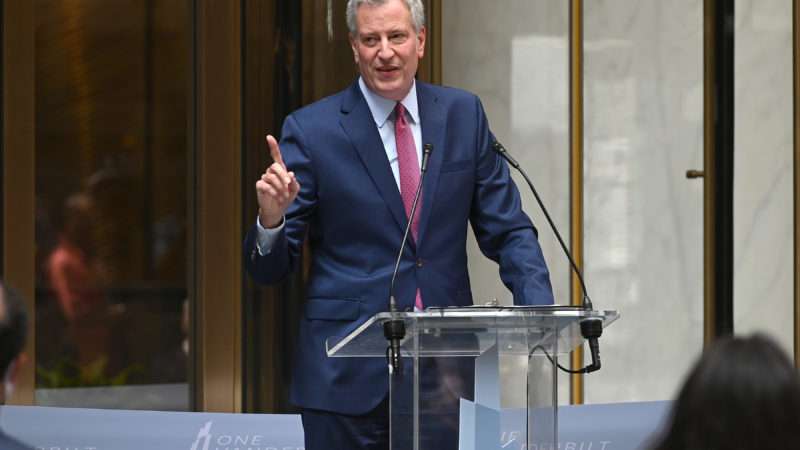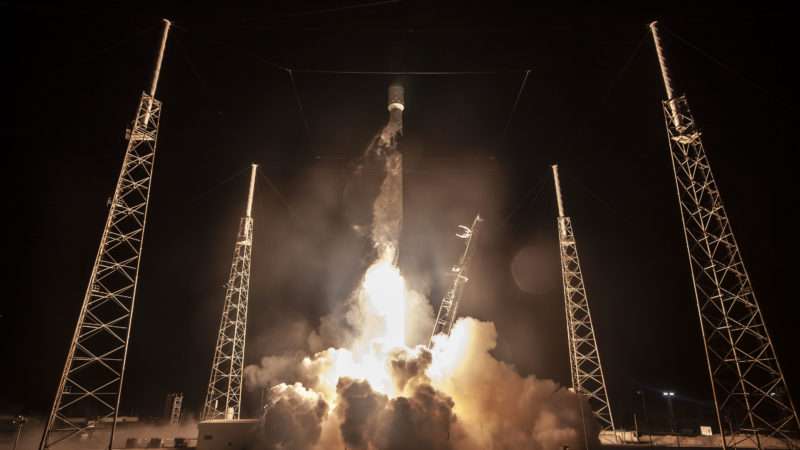The case is Chapman v. Maraj; first, the facts from NPR Marketplace (Sabri Ben-Achour):
Minaj’s song “Sorry” obviously takes from Chapman’s song “Baby Can I Hold You.” Nobody disputes that. Minaj and her people asked Chapman for permission during and after production of “Sorry,” and Chapman and her reps said no, multiple times. So Minaj didn’t release the song on her 2018 album….
[But t]he unauthorized song got out. Chapman’s attorneys say Minaj leaked it to a New York DJ, Funkmaster Flex, who then played it. Minaj’s attorneys dispute that. Either way, it got on the air, and then on the internet.
And Chapman sued, saying Minaj shouldn’t have been allowed to make the unauthorized song in the first place, even as a demo.
If Minaj did leak the new song to Flex (who wasn’t sued, perhaps because his playing of the song would be covered by a blanket license), then she might well be liable; but the court concluded that the factual dispute on this has to be resolved by a jury. The question thus remained: Was Minaj’s merely recording her version of Chapman’s song an infringement of Chapman’s right to prepare and record derivative works—or was it saved from infringement by the copyright “fair use” defense?
On that question, Judge Phillips held that the law was on Minaj’s side:
The parties … do not dispute that Maraj never intended to exploit the work without a license (and she did not do so). The “degree to which the new user exploits the copyright for commercial gain—as opposed to incidental use as part of a commercial enterprise—affects the weight” afforded to commercial nature as a factor. To the contrary, Maraj excluded the new work from her album.
Thus, although there is some incidental commercial nature related to recording a song that may be used for an album, the low degree of exploitation here counterbalances that. See Sundeman v. Seajay Soc’y, Inc., 142 F.3d 194, 203 (4th Cir. 1998) (“…there was a potential commercial motivation in that Dr. Blythe may have received royalties if her paper were published, however, there was no attempt to exploit the Foundation. The paper was only to be published if the necessary permission were obtained from the copyright holder. Since such permission was not obtained, the paper was not published, and no royalties were ever received.”). All these facts show that Maraj’s use was not purely commercial.
Courts should also “consider the public benefit resulting from a particular use notwithstanding the fact that the alleged infringer may gain commercially.” The public benefit need not be direct or tangible, but may arise because the challenged use serves a public interest. As explained above, artists usually experiment with works before seeking licenses from rights holders and rights holders typically ask to see a proposed work before approving a license.
Chapman has requested samples of proposed works before approving licensing requests herself because she wanted “to see how [her work] will be used” before approving the license, yet Chapman argues against the very practice she maintains. A ruling uprooting these common practices would limit creativity and stifle innovation within the music industry. This is contrary to Copyright Law’s primary goal of promoting the arts for the public good. This factor thus favors a finding of fair use….
[T]here is [also] no evidence that the new work usurps any potential market for Chapman. Chapman’s only argument as to this factor is that market harm may be presumed because the work was created for commercial gain. As explained above, there was only incidental commercial purpose behind the new work of which Maraj did not attempt to exploit. The presumption of market harm is thus unwarranted…. Maraj argues, and the Court agrees, that the creation of the work for private experimentation and to secure a license from the license holder has no impact on the commercial market for the original work.
I think the analysis is generally correct, but let me offer the following speculation;
[1.] If Minaj’s version song had never gotten out, and all Minaj did with it was send it to Chapman, I very much doubt Chapman would have sued over the mere creation of the song. I suspect that Chapman sued only because of the leak, and likely because she thought Minaj was in fact behind the leak.
[2.] Proving that Minaj created the work that eventually got out is easy. Proving who was responsible for sending it to Flex is harder.
[3.] The best policy argument on Chapman’s side, I think, is that once a derivative work is created by a famous artist such as Minaj, it’s very likely that it will indeed leak, with or without Minaj’s connivance. Perhaps that risk should be factored into the fair use estimation of market harm to the original copyright owner.
So I think that might be the backstory behind the lawsuit and the plaintiff’s theory, though on balance I think Judge Phillips’ analysis is right.
from Latest – Reason.com https://ift.tt/2FHb049
via IFTTT


